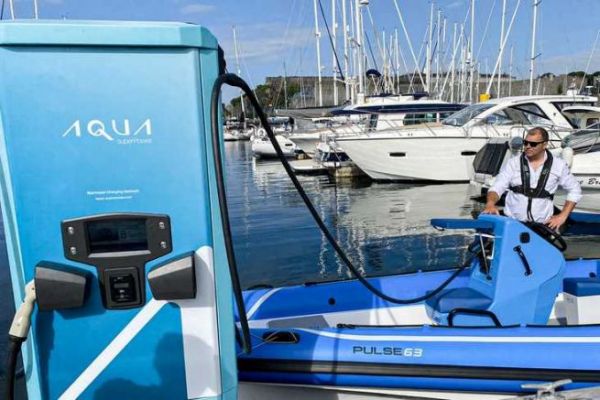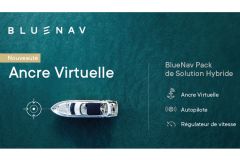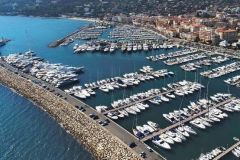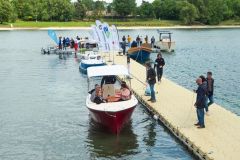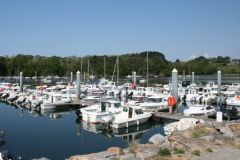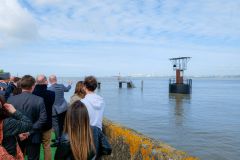1st Vessel to Grid connection test
A consortium, led by electric boat charging station specialist Aqua superPower, and including boat manufacturers RS Electric and Ingenity, electric utility EDF, charging software specialist Fuuse and various research centers, has secured UK Shore funding for its bi-directional charging trials. Scheduled to run for 4 weeks, connecting two boats, a Pulse 63 and an Ingenity boat, the use of the demonstrator should illustrate the interaction between all key infrastructure, software, vessels and energy components.
According to its promoters, VBEV (Virtual Bunkering for Electric Vessels) is the world's first Vessel to Grid project, connecting electric boats to the grid to use their batteries and storage capacities for flexibility and grid balancing services.
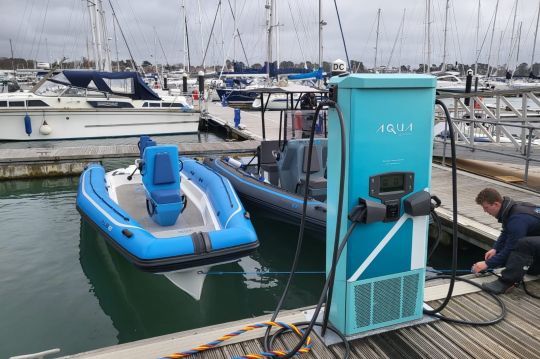
Economic benefits for yachtsmen and port operators
The success of this operation could pave the way for more rapid development of electric boats, with an attractive business model for all parties involved. In return, the yachtsman providing his batteries would be offered more economical access to energy, while the electricity grid operator or port manager having set up his own renewable energy infrastructure would limit his investment, since he would already have storage capacity at his disposal.
For the initiators of the VBEV project, the potential is significant and should help accelerate decarbonization. The preliminary feasibility study indicates that the potential of electric vessels can offset the carbon emissions associated with recharging. The UK is home to a fleet of almost 255,500 pleasure and commercial vessels under 12 m in length, with the potential to switch to zero-emission operations over the next decade. According to British Marine, a further 10,000 vessels are added each year, with their potential for electrification.

